Seed-starting cell kits
tomtuxman
10 years ago
Related Stories
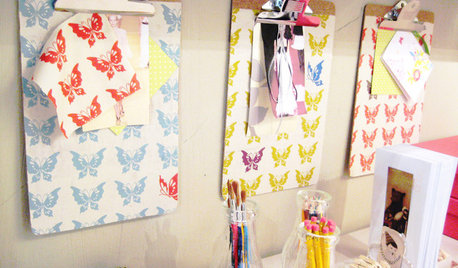
DECORATING GUIDESFresh Start: 39 Ways to Organize Your Stuff
Jumpstart your year with great storage ideas from the Houzz community
Full Story
HOUZZ TVHouzz TV: How to Make and Plant a Veggie Box
See how to start edibles from seed, then transfer the seedlings to a box on stilts to make harvesting more fun
Full Story
WINTER GARDENINGExtend Your Growing Season With a Cold Frame in the Garden
If the sun's shining, it might be time to sow seeds under glass to transplant or harvest
Full Story
GARDENING GUIDESHow to Prep Your Ground for a Healthy New Lawn
Seed or sod that falls on weedy, lumpy soil is a wasted effort. Follow these steps to ensure that your new lawn will thrive
Full Story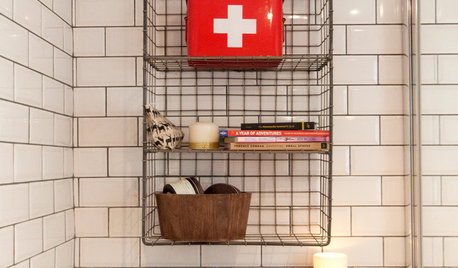
LIFEYour First-Aid, Emergency and Medical Supply Checklist
Don’t wait until you need them to stock your first-aid kit and emergency stash. Here’s what to get and where to keep it
Full Story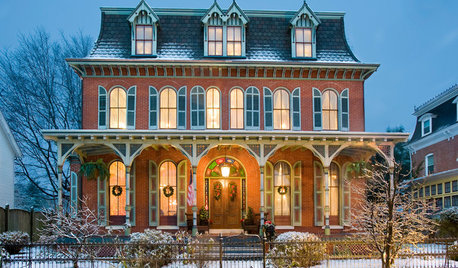
MONTHLY HOME CHECKLISTSDecember Checklist for a Smooth-Running Home
It's time to add weather stripping, plan for holiday home safety, consider backup heating, check your emergency kits and more
Full Story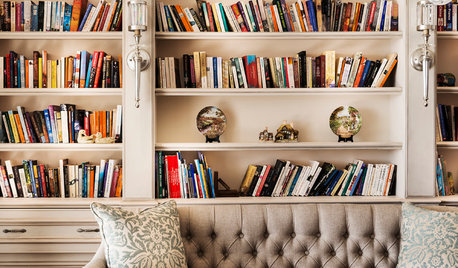
ORGANIZINGChecklists for a Well-Stocked Home
Thank-you notes, first-aid kit, clear glass vases ... It’s easy to go with the flow when you’ve got the items you need at hand
Full Story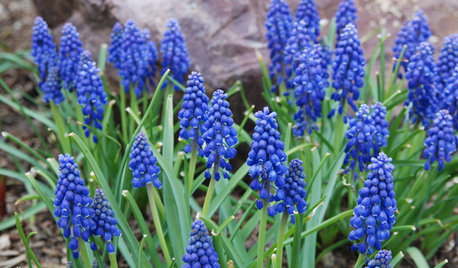
REGIONAL GARDEN GUIDESNortheast Gardener's April Checklist
Revel in the wonders of spring by babying bulbs, sprinkling seeds for root crops and setting out some nibbles for the birds
Full Story
GREEN BUILDINGGoing Solar at Home: Solar Panel Basics
Save money on electricity and reduce your carbon footprint by installing photovoltaic panels. This guide will help you get started
Full Story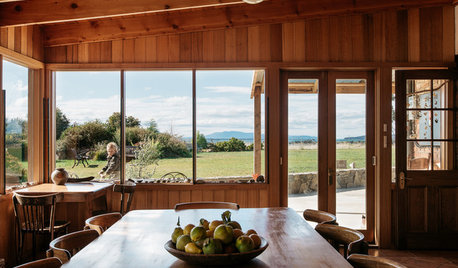
HOMES AROUND THE WORLDThe Great Escape: Family Rebuilds After a Devastating Wildfire
Tim and Tammy Holmes survived the 2013 Tasmanian bushfires but lost their home. See how they’ve started over
Full Story





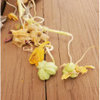
digdirt2
tomtuxmanOriginal Author
Related Professionals
Saint Charles Landscape Architects & Landscape Designers · White Oak Landscape Architects & Landscape Designers · Alexandria Landscape Contractors · Forest Hills Landscape Contractors · Hoffman Estates Landscape Contractors · Mercedes Landscape Contractors · National City Landscape Contractors · Northbridge Landscape Contractors · Wareham Landscape Contractors · Forest Hill Landscape Contractors · Brushy Creek Carpenters · Los Angeles Fence Contractors · Monroe Fence Contractors · Silver Spring Fence Contractors · Saratoga Springs Fence ContractorsAustinGardenGirl
SouthCountryGuy Zone 4b-5 SE BC
mandolls
garystpaul
digdirt2
neuf
floral_uk z.8/9 SW UK
digdirt2